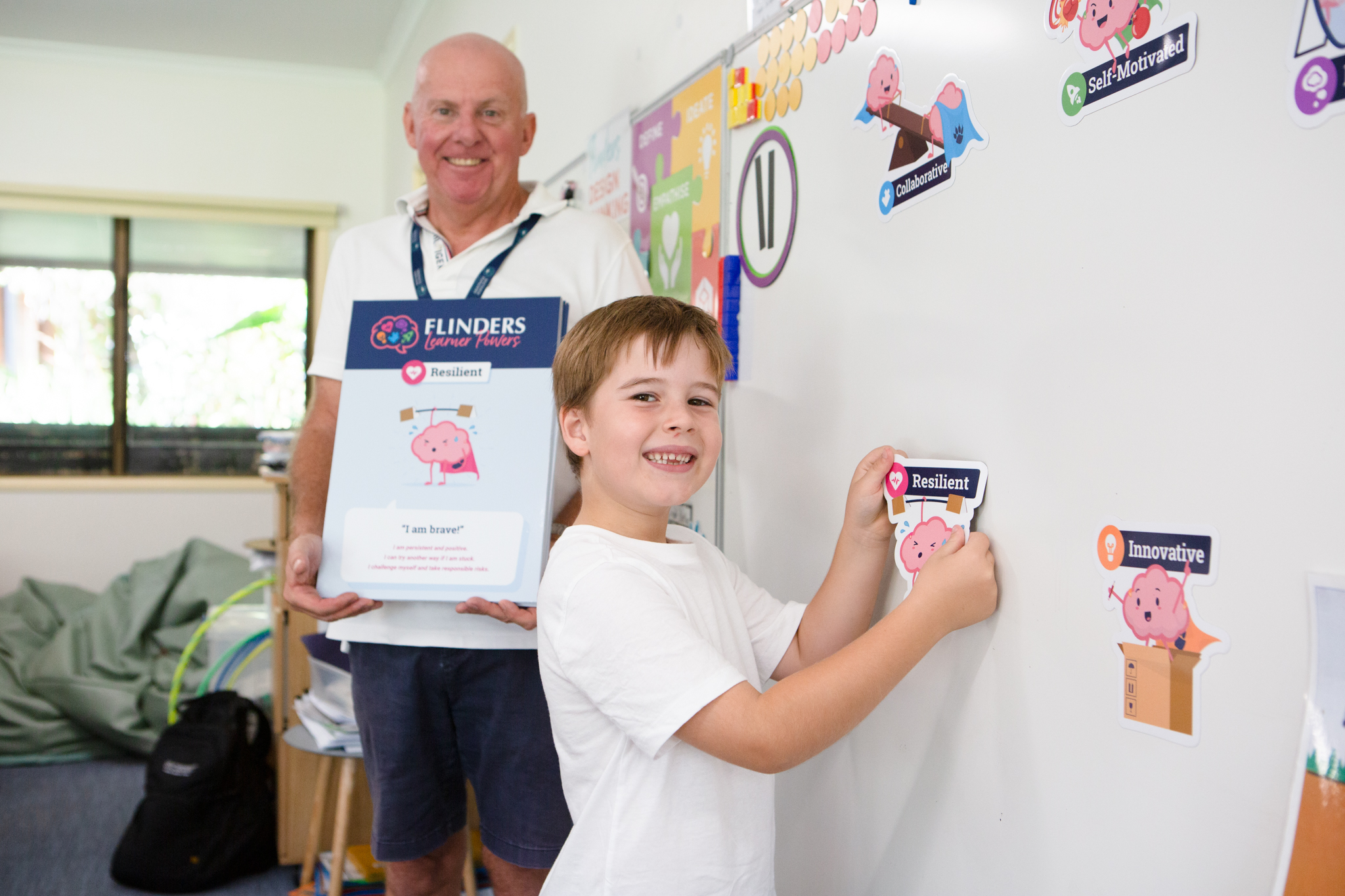Skits, songs and superheroes helped to launch the new Learner Powers program to students, staff and parent guests in the Primary School at Matthew Flinders Anglican College on Monday, 27 March.
Developed in collaboration with students and staff, the Flinders Primary Learner Powers are five powerful learning dispositions – Collaborative, Innovative, Reflective, Resilient and Self-Motivated.
Students across Prep to Year 6 are encouraged to develop these Learner Powers to become engaged, successful and confident learners.
The program is based on research, including studies by Professor John Hattie, one of the world’s most prominent and influential education academics, which reveal that an important predictor of academic achievement and positive wellbeing for children is having positive attitudes, expectations and dispositions as a learner.
Head of Primary, Mrs Trudi Edwards said Flinders Primary School valued its role in nurturing students with a passion for learning.
“The evidence is clear – it’s not only important for schools to develop in students the ‘skill’ but also the ‘will’ for learning,” Trudi said.
'Even expert teachers, using the most wonderful resources, cannot beat what a student brings to the party,” she said.
“At Flinders, we are committed to developing robust learning dispositions and related skills and strategies in order for our students to become highly engaged and successful learners, capable of reaching their potential.”
The Learner Powers program provides a shared and positive language of learning by all in the College community – at school and in the home.
The long-term aim is for students to genuinely build and use language and related strategies when they approach their schoolwork, relationships and hobbies, such as:
- “I bring energy to my learning.” (Self-Motivated);
- “I am brave, persistent and positive.” (Resilient);
- “I think about my learning and set goals to grow as a learner.” (Reflective);
- “I push my thinking. I think big and imagine possibilities.” (Innovative)
- “We are better together.” (Collaborative)
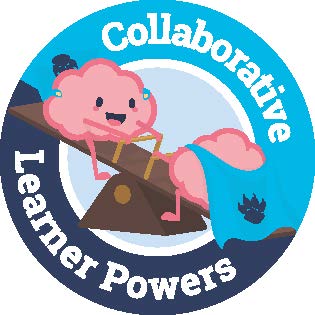
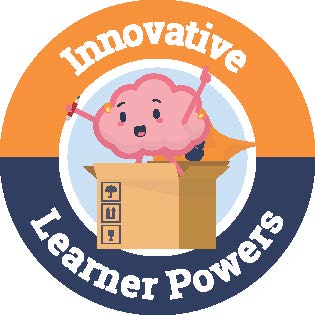
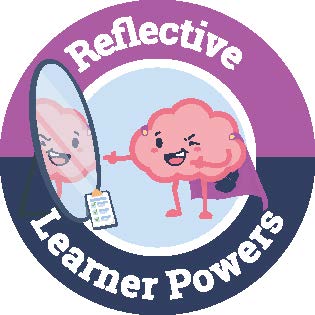
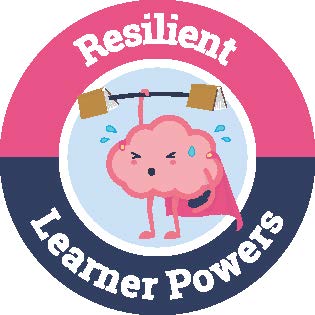
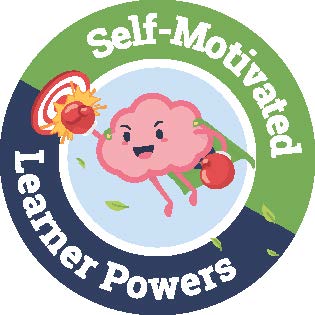
Designing the Flinders Learner Power Mascots
To explain and communicate the five Learner Powers in a playful and memorable way, the College – with the help of the students – has custom-designed five brand mascots, which are illustrations of brains dressed as superheroes.
Each of the characters has props and exclamations to signify their disposition, whether Collaborative, Innovative, Reflective, Resilient or Self-Motivated.
The five characters feature on bright and bold posters and giant magnets for ease of reference in the classroom, and on reward stickers and badges which students receive once they achieve a goal they have set for themselves to grow their Learner Powers.
Last year, the Primary staff invited students to be involved in developing the Learner Powers graphic mascots, asking them to draw and design their own ‘brain’ characters as superheroes wearing capes.
The students had to suggest expressions for each learning disposition as well as props and special features, and their ideas were solidified into a design brief for the professional graphic design team who created the final illustrations.
Each character or disposition has key sentences and bylines to explain what each Learner Power looks, sounds and feels like, as well as success criteria to provide a common language around goal setting and achieving goals students set for themselves.
Launching the Learner Powers at Flinders Primary School
The Learner Powers launch celebration in the Flinders Primary Pavilion on Monday, 27 March was a vibrant and creative affair – with confetti!
Primary teachers acted as the five Learner Powers superhero characters through short skits, challenging the students to guess the relevant Learner Power from their creative clues.
This was followed by the Junior Primary Choir performing a bespoke Learner Powers song, written by Head of Music, Primary Mrs Lenora Phillips and conducted by Mrs Amy Armitage.
Singing about each of the Learner Powers helps students to understand them. Furthermore, the song provides another tool students can use to remember the dispositions, so they can draw upon them at any time.
To conclude the launch, each year level was presented with a Learner Powers resource pack for their classrooms, including magnets, posters, stickers and badges.
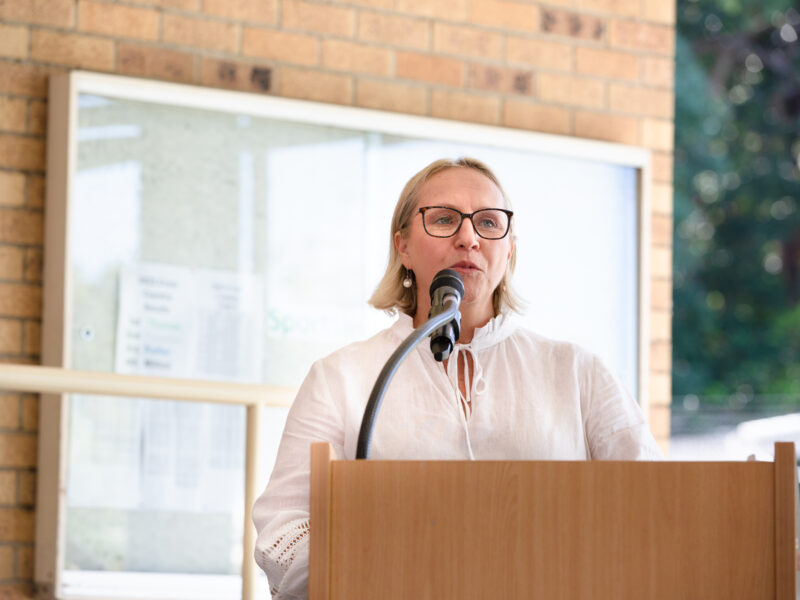
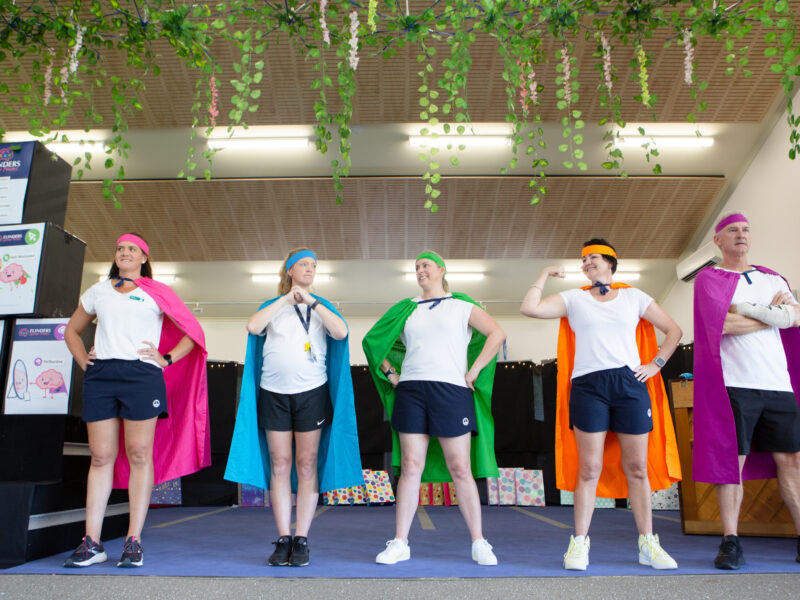
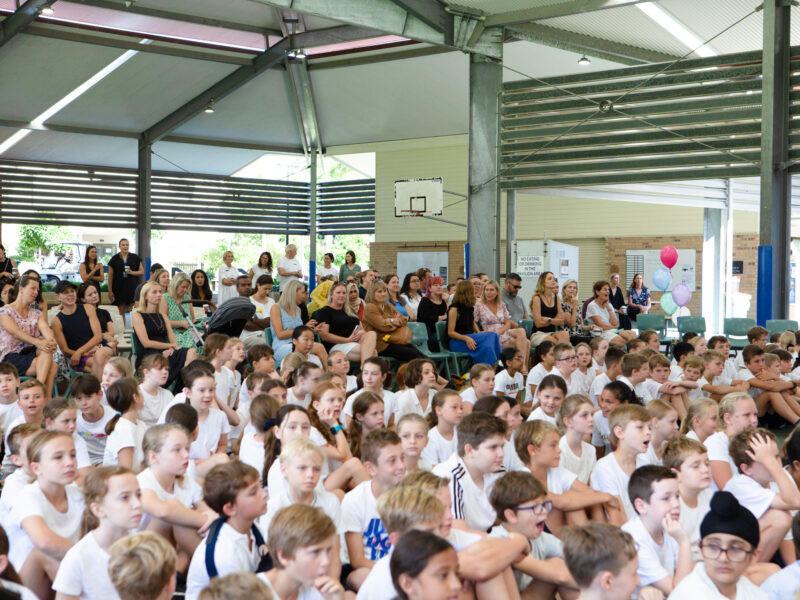
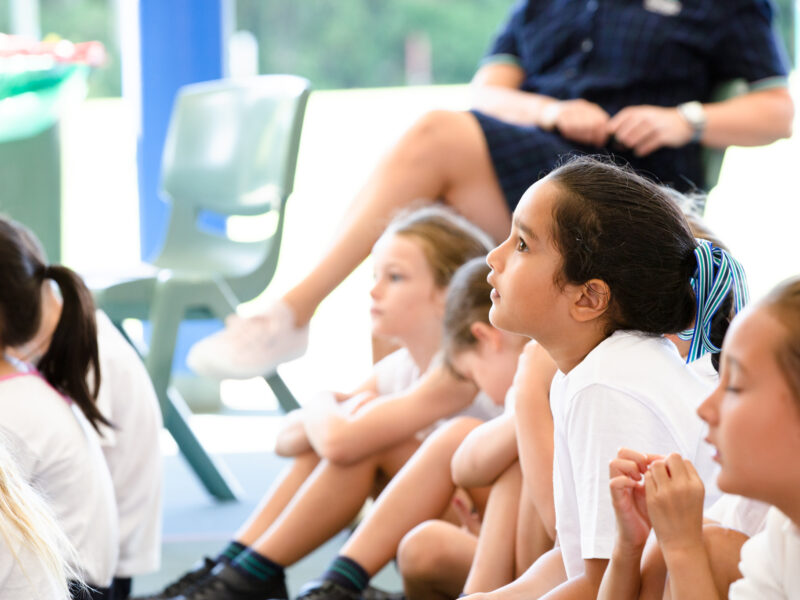
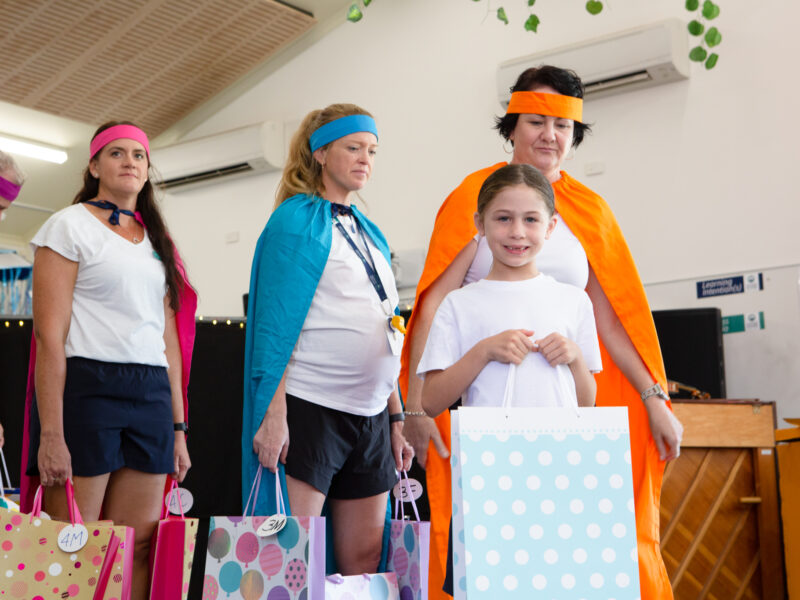
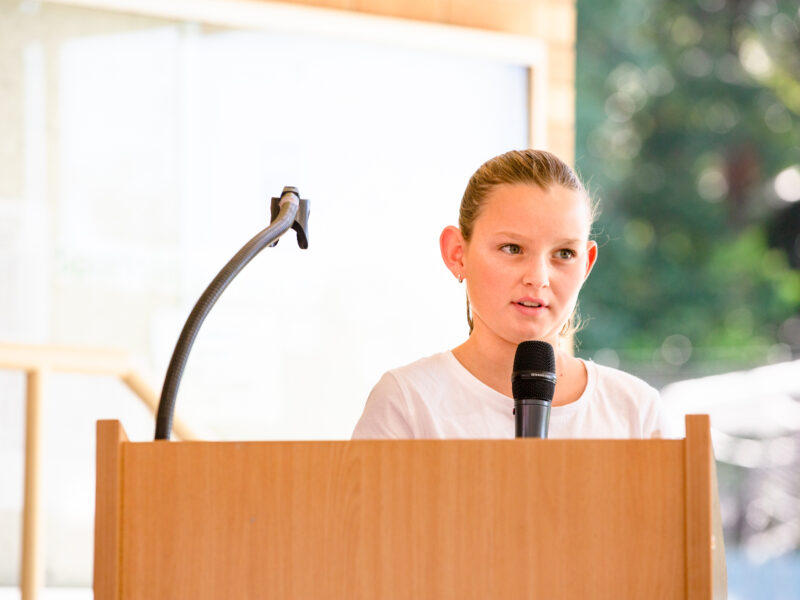
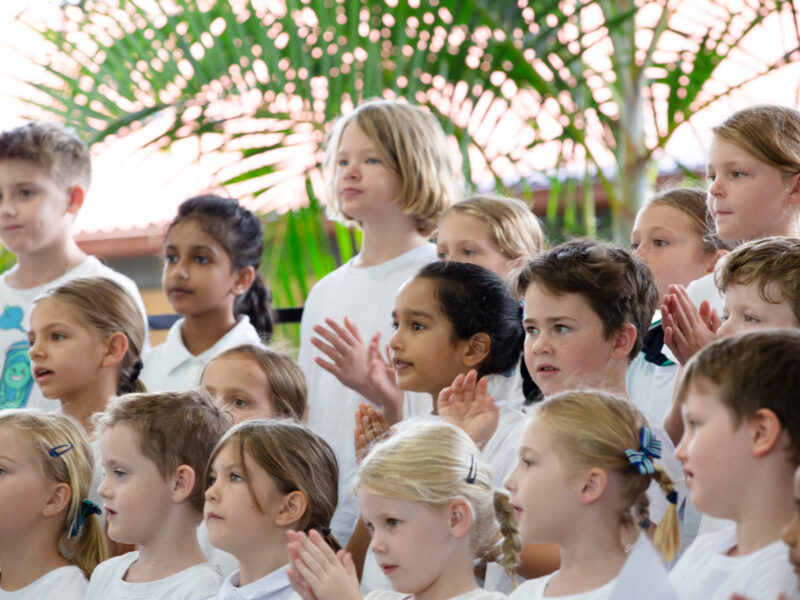
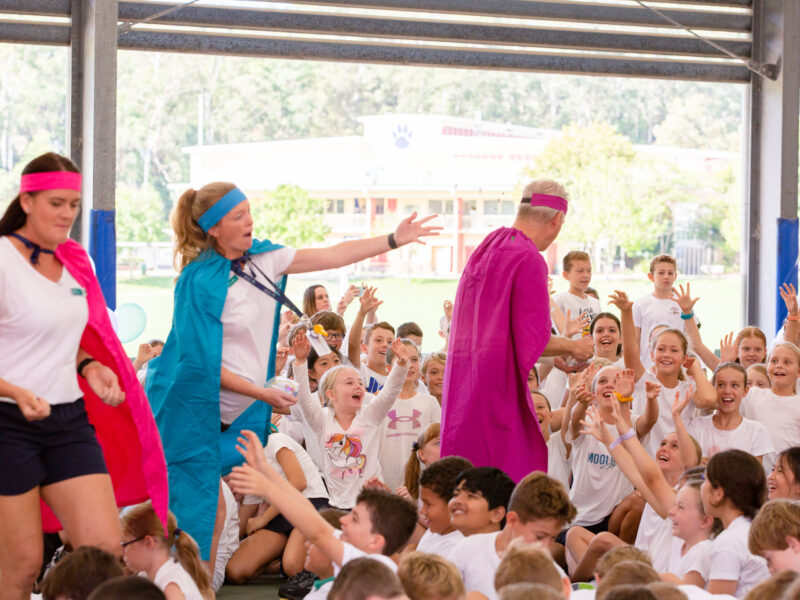
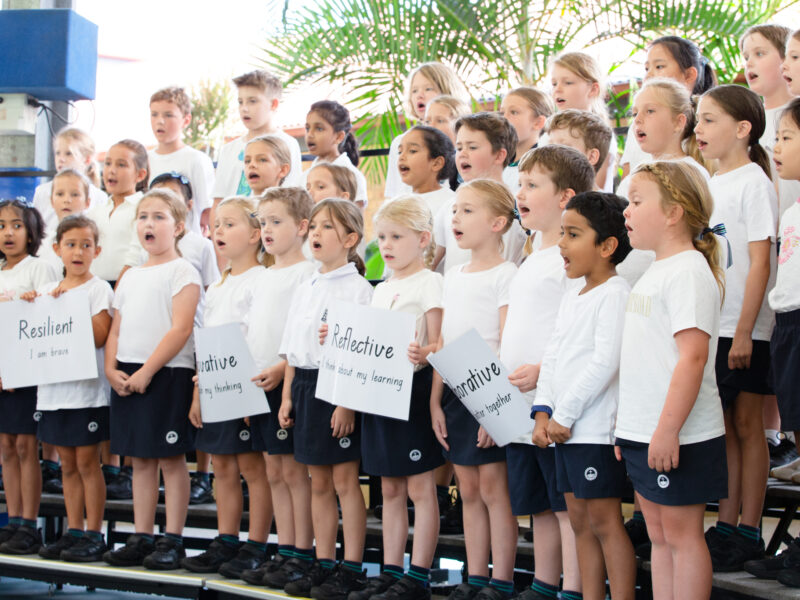
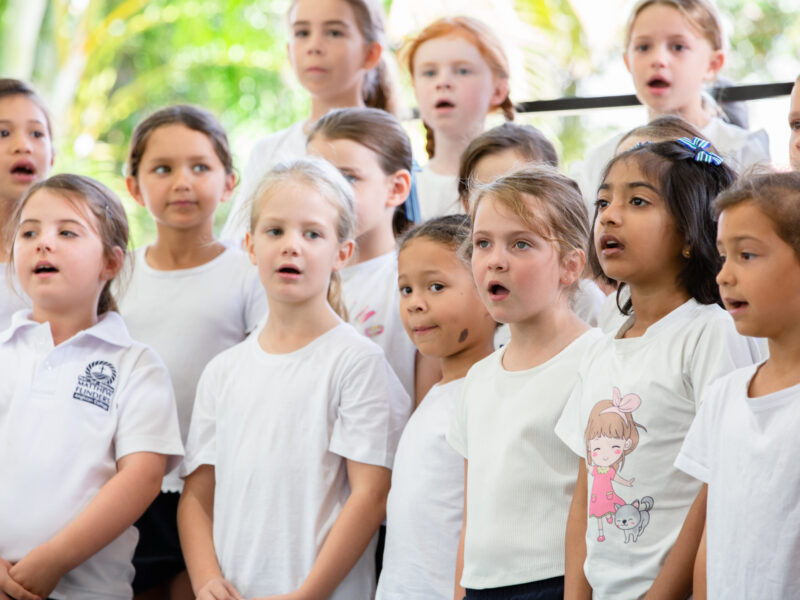
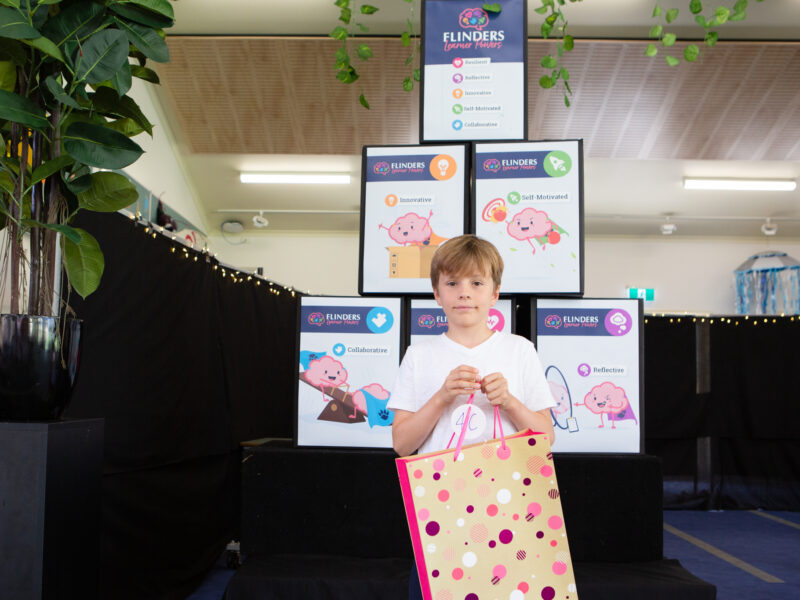
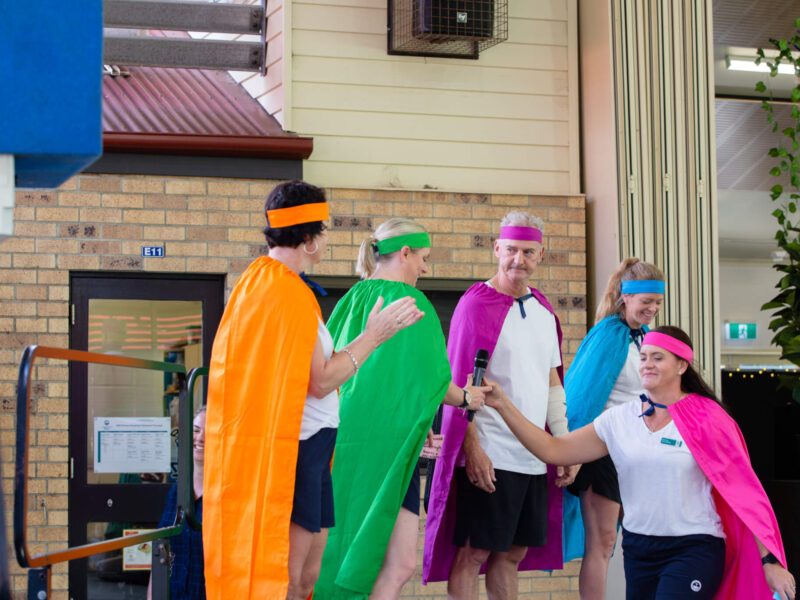
Developing the Learner Powers program through staff professional development and student input
Flinders’ Head of Learning and Teaching in the Primary, Mrs Debbie Planck, said it had been rewarding to develop the Learner Powers program over the past year.
Flinders based the program on Professor John Hattie’s ‘Visible Learning’ research where he collected data from nearly a quarter of a billion students in order to understand which factors and strategies are most effective in the classroom, with students’ active engagement in learning being the most powerful influence on their achievement.
“We have always actively encouraged our students at Flinders Primary to build positive habits of mind as an integral part of our curriculum,” Debbie said.
“However, in 2021 we collected base-line data by asking our students to share what it means to them to ‘be a good learner’,” she said.
“The students’ responses showed they needed support with building their learning dispositions, because they thought that being a good learner was solely related to behaviour, such as “being quiet when the teacher is talking”, “putting up a hand to answer a question” and “sitting still”.
“So our staff team got to work, to identify the learning dispositions which will serve our students well now, and also in the future.
“We wanted to encourage our students to understand and embrace the dispositions of an effective learner as someone who:
- articulates what we are learning
- knows the next steps in our learning
- sets learning goals
- sees errors as opportunities for learning
- seeks feedback and
- knows what to do when they are stuck.
“We narrowed the list of learning dispositions to five, to make it simple and achievable to understand and strive for, and created a shared language for students, staff and families.”
The next step was for staff, through professional development sessions, to workshop and agree upon key sentences and bylines to explain what each Learner Power looks, sounds and feels like.
Staff developed success criteria for each of the five Learner Powers, to provide a common language around goal setting and achieving goals students set for themselves.
The students were then invited to help design the brand cartoons as mascots.
Debbie says, “For example, a student can aim to be ‘Reflective’ after completing a project, so that they look back and think how they can use their teacher’s feedback to improve and move forward.
“This reflection disposition helps build a student’s self-esteem as they learn to take on feedback as a positive and essential tool to improve as a learner, rather than seeing it as a negative.
“The Leaner Powers program has been a wonderful collaborative journey for our students and staff.
“Now we want to also get our parents and families involved, so that we are all speaking the same language, encouraging and celebrating when we see the powers in action and building our learning dispositions for our students to be engaged and have ownership of their learning.”
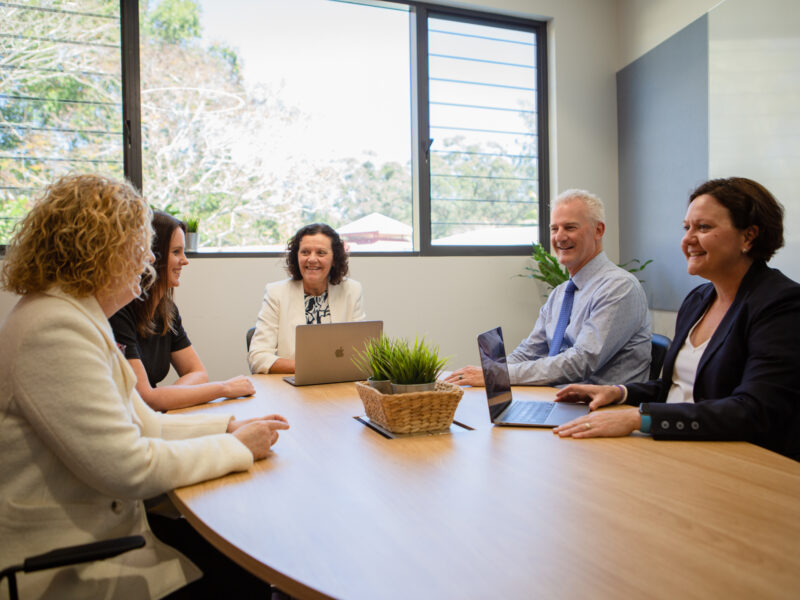
END.
